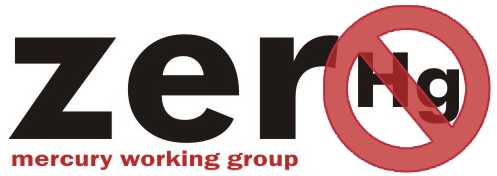Cremation is increasingly gaining popularity even in societies where religious influence on cremation is not high, due to space limitations for cemeteries. Most of the mercury released during cremation is due to the vaporisation of dental amalgam fillings that contain mercury.
The typical cremation process includes the charging of the coffin and corpse, incineration in the main combustion chamber and, where applicable, final treatment in the afterburning chamber. Most cremation furnaces are fired using oil or natural gas, although some operate on electricity.
Most crematoria around the world still have no controls on emissions, although legislation is increasing because for instance in the Netherlands, the average number of fillings is expected to increase from 3.2 to 5.1 during the period 1995-2020 (OSPAR, 2002). This means that the emissions from cremations in the Netherlands will double between 2002 and 2020, unless abatement measures are introduced.
In the UK it has been calculated that by 2020 crematoria will be by far the largest single contributor to mercury emissions (just over 25% of the UK mercury emissions to air) unless action is taken (AEA, 2004).
Relevant legislation and NGO policy work
Globally
Emissions from crematoria is not part of the Minamata Convention on Mercury.
Many NGOs are working on the issue from around the world. Mercury Watchdog in the US is one of them: "We understand that cremation is growing choice for responsible citizens across the United States. As with anything that begins to grow in popularity, so does its impact on the surrounding environment. It has recently been reported by the Environmental Protection Agency that mercury pollution from crematoria reached 6613 lbs in 2005. This site began in response to a request from a local funeral home. They requested a zoning change allowing the addition of cremation equipment. Concerned neighbors began to ask questions that no one could answer. Questions like: Is this safe for my children? How close is too close? Why don’t funeral homes remove dental amalgam and dispose of it separately? Once it enters our environment in the form of vapor, mercury is virtually impossible to recover. We do know that modern filtration equipment can drastically reduce what reaches our environment. We feel that funeral home operators should do everything within their ability to prevent the introduction of mercury into the environment at the source. At this time, the removal of dental amalgam and stack filtration are viable solutions. "
For more information, see: http://www.mercurywatchdog.com
In the EU
No specific legislation applies at EU level. Individual Member States have adopted national legislation as relevant. More information can be found in the EC Impact assessment report prepared for the EU Mercury Strategy in 2005 and also the Study on the potential for reducing mercury pollution from dental amalgam and batteries, Bio Intelligence Service S.A. (July 2012).
Most recently the EU mercury regulation 2017/852 mentions that “By 30 June 2020, the Commission shall report to the European Parliament and to the Council on the outcome of its assessment regarding: (a) the need for the Union to regulate emissions of mercury and mercury compounds from crematoria; […]”
Relevant information can also be found in EEB,EEN, HCWH, Ban Hg WG/MPP publication: "ZERO MERCURY - Key issues and policy recommendations for the EU Strategy on Mercury" [December 2005]
In the UK, industry itself created the Crematoria Abatement Mercury Emissions Organisation (CAMEO) scheme, a crematoria abatement system scheme in 2006. This is a burden-sharing scheme where all members pay per cremation, then receive payment per abatement. This scheme was set to enable a phased approach which was not in government recommendations with targets: by 2008, 10% of cremations abated, by 2010, 20% and by 2012, 50%.
EEB-HEAL-ZMWG organised a Conference on "Dental Sector as a source of mercury contamination" May 25, 2007,Brussels, Belgium, which included a presentation from UK authorities on the voluntary agreement on crematoria which is implemented in the UK. The Report from the conference 'Dental Sector as a Source of Mercury Contamination', Brussels, 25 May 2007, [October 2007] is also available.

